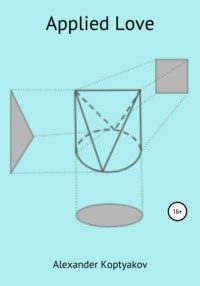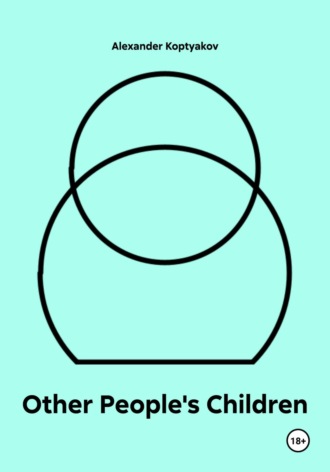
Полная версия
Other People's Children
2. Area No. 2 – direct reception (and storage) of knowledge about the surrounding Genesis and about oneself (“egg white“);
3. Area No. 3 – indirect reception (and storage) of knowledge about the surrounding Genesis and about oneself (“yolk“).
You can call them parts, zones, levels, floors, blocks, modules, areas of the psyche. It doesn’t matter. What matters is that there are three of them and each of them is a group of interconnected neurons (neural networks). The first two interact directly with the surrounding world (Genesis). The third does not interact directly with the external world, but interacts directly with the previous two. The sum of all neurons in all three areas constitutes the entire human psyche.
Alexander Luria: “This block is located in the anterior parts of the brain and includes its frontal lobes: it does not provide cortical tone, does not receive information from the external world, does not process or store it. It is connected to the external world only through the apparatus of the second block and can only work successfully if the first block provides the necessary level of cortical wakefulness.
However, its function is crucially important: the third brain block is a powerful apparatus that allows for the formation and retention of intentions, the formulation of action programs, the regulation of their course, and the control of their successful execution. This is the block of programming, regulation, and control of human activity.“
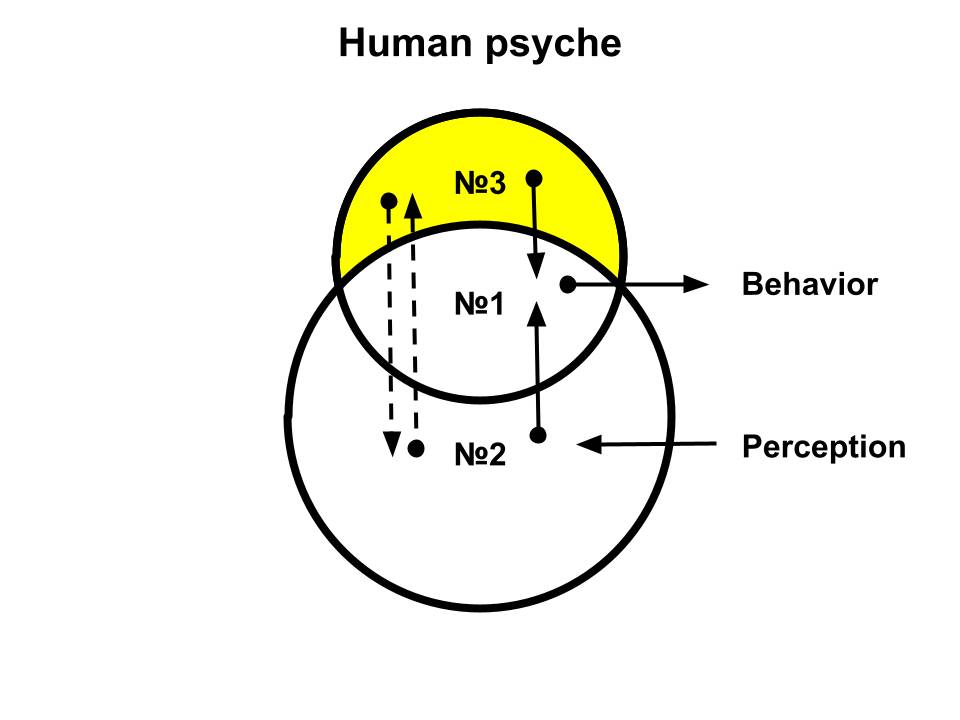
Consultant: At this point, I feel like my brain’s egg white is already cooked, and the yolk is still soft-boiled, but just a little more and it will be hard-boiled… This all needs to be processed. I suggest we take a break.
Writer: See you again, my friends!
06 Worldview
Consultant: Here’s what I was thinking… You, Writer, write poems and stories. You, Engineer, write computer programs. And I, as a philosopher, probably write a worldview…
Writer: If it’s “in motion“, then it becomes a motion picture. For a 5D cinema, or better yet, for a virtual reality cinema. Although, why do we need virtual reality if we can’t even experience much of actual reality in our lifetime?
Engineer: Have you ever noticed that when you go to an unknown place, the way back always seems shorter? This is because on the way back, you already have a map (read: picture) in your head, recorded on the way there, and it’s always faster to go with a map than without one. Moreover, this is true even if you go “there“ using a navigator or a paper map (an external map), because on the way back, the map is already internal, given to a person through experience. The only “but“ is that you first have to get somewhere. And in this case, the internal map can be used repeatedly, refining it each time you retrace the path. Right up to the point of automatism, when it’s hard to even remember how you got there if someone asks. How different this is from the first time, both in terms of time and the effort spent on attention. And yet, this is just one road from point A to point B :)
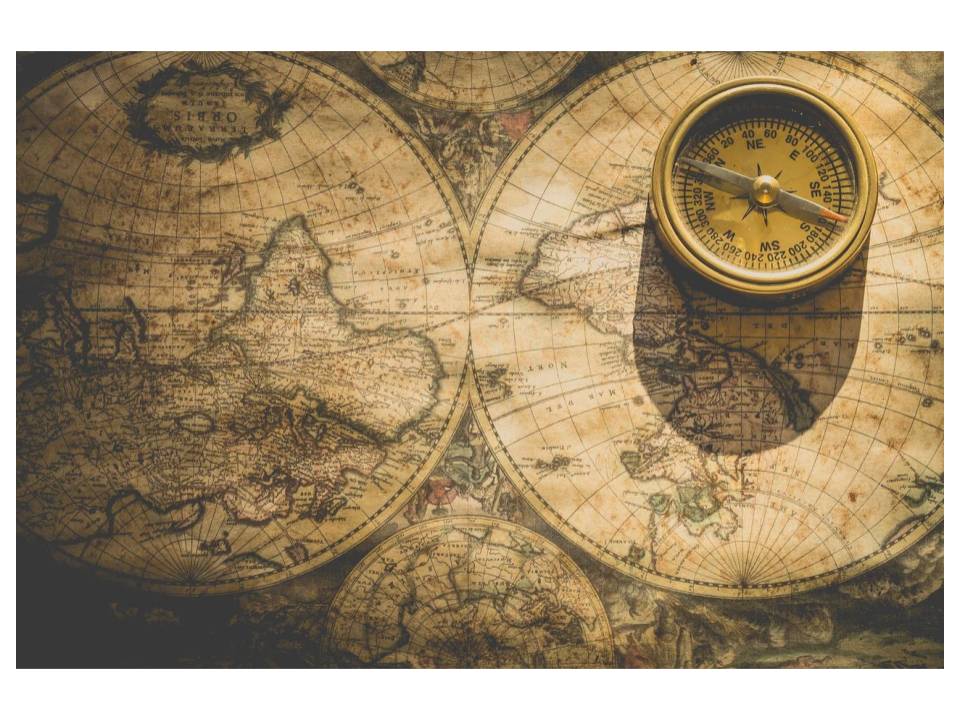
Engineer: There’s also a downside to the automation of constructing an internal worldview. Motorists will understand. For example, a road was always two-way, and then one day they made it one-way and put up a “do not enter“ sign. But drivers, for some time, automatically drive under the prohibition sign. In general, of course, it’s interesting how a person perceives, records, and rewrites the world around them onto their internal picture throughout their entire life… Oh, by the way! About pictures… You know that in a computer, pictures can be stored in different formats. It’s difficult for an ordinary person to understand how they differ. At most – by size and quality. Some are large in size – they take up a lot of computer memory, others are smaller, often without significant loss in quality. What is a picture on a computer screen? A set of glowing dots (pixels) of various colors. If the picture is rectangular, say, 1280 by 853, then that’s 1,091,840 dots, each of which has a color, and this information must be saved for subsequent reproduction if necessary.
Consultant: A joke. Two Jews are arguing. One is trying to convince the other. Is white a color? – It is! And is black a color? – It is! So, I did sell you a color TV!
Writer: :)
Engineer: Well, even if the picture is black and white. In this case, the color can be encoded with 1 bit: if the color is white – zero, if black – one. But even so, the specified picture will take up more than 1 million bits of memory if you save every pixel. This is exactly the format “BMP“. Then the “JPEG“ format appeared, which took up less space because it used lossy compression algorithms but preserved image quality. But the most interesting thing wasn’t the size of the pictures, but the way they were transmitted over the network when the Internet first appeared, and we used slow analog modems to transmit data over telephone lines. A “BMP“ file was transmitted in pieces (pixels and lines) from top to bottom. You could say the picture was assembled from rectangular puzzles. Everything that loaded was clear, but if the connection dropped, the picture was displayed partially. And, if the most interesting part was at the bottom, you had to start loading again and wait for the full picture. But a “JPEG“ picture started loading completely, but in layers. Although initially the image was blurry, with each new layer it became clearer and clearer. It seems to me that the same principle is preserved now: if the connection is bad, then a blurry (and small in size) picture comes first. Technically, there can be very different algorithms. As an example, if you remove every second pixel, the picture will become twice as small, although what is depicted on it will be easily recognizable.
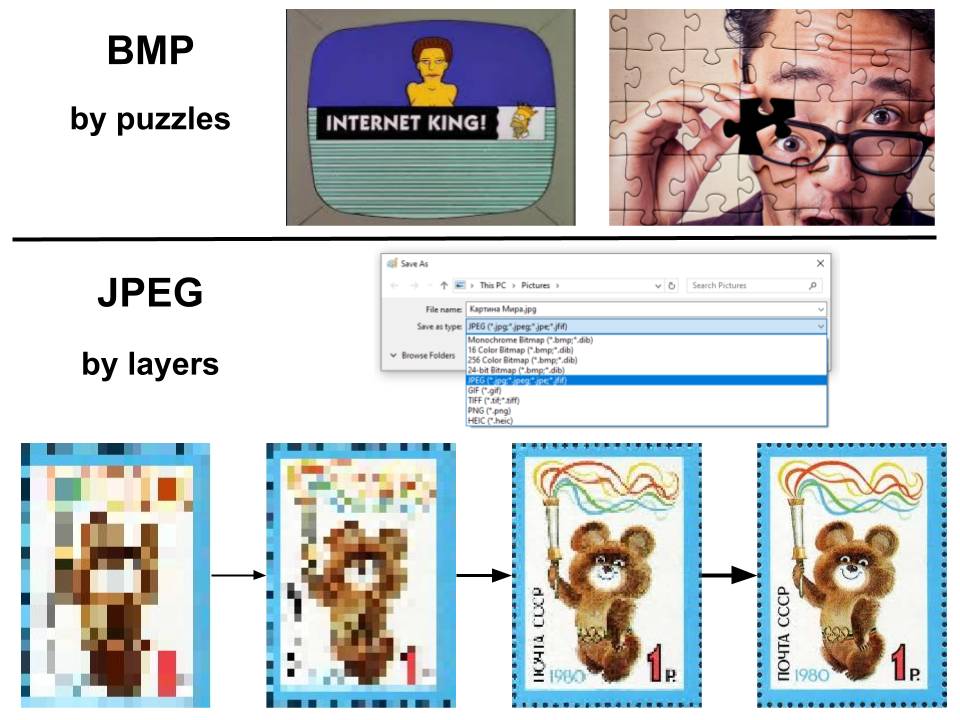
Consultant: A fully finished picture is cut into puzzles. But I’ve never seen artists paint that way. Their style is more like “JPEG.“ First, they sketch the outlines, then they apply layers of paint.
Engineer: I also remembered about printers that print on paper. An inkjet printer draws an image line by line. But a color laser printer has rotating drums inside that apply the image to the paper in layers.
Consultant: So how does a person paint a worldview: in pieces, or all at once, adding details as they appear? What does a person have in their head at birth: a blank slate or a contour map that just needs to be colored in? …
Writer: Allow me to offer a metaphor. Imagine a “Train of Life“ that travels through the World and makes stops. Each stop is a situation. Each passenger is a person who gets off at the stops, takes out an easel and brushes, and starts painting. A landscape, a portrait… Each passenger has their own carriage where they store finished paintings, unfinished paintings, and empty canvases.
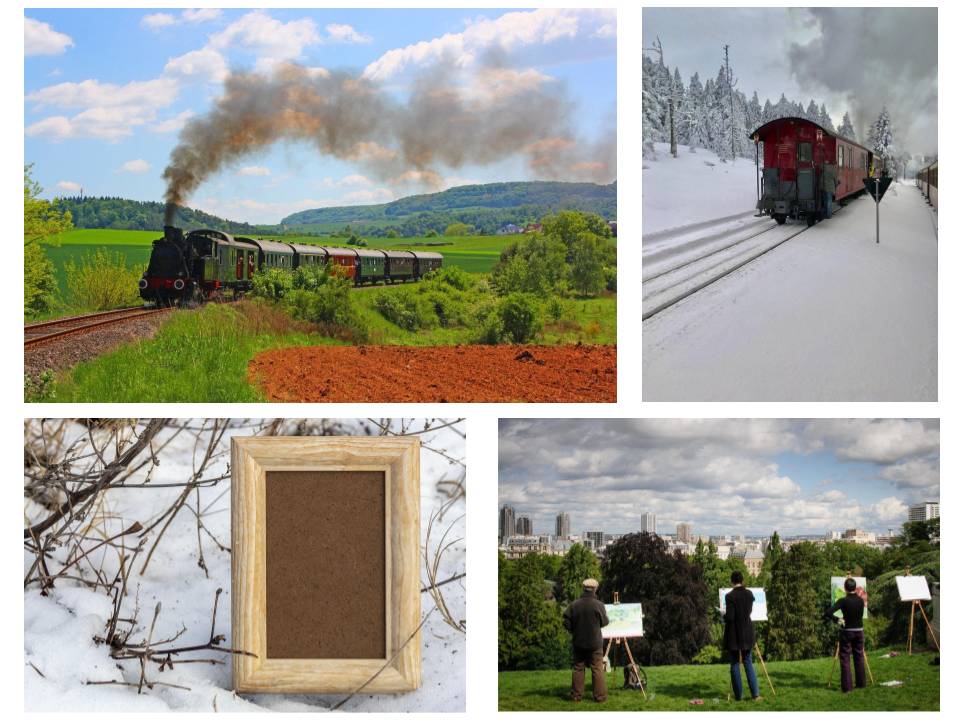
Consultant: So it’s not one big worldview, but many small ones? I propose we discuss a person and their paintings using this metaphor.
–
encountering the same situation (getting off at the same stop), a person doesn’t paint a new picture, but takes out the one they painted here before. They correct something, add to it, if necessary;
–
if there wasn’t enough time, and the picture isn’t finished, then it’s unlikely to be put away far, but placed near the exit so it’s easier to find;
–
over time, there are fewer empty canvases and more fully painted pictures;
–
one picture is painted at a time;
–
different people paint the same situation differently;
–
painting is labor, so sometimes there are “good enough“ pictures;
–
a person physically cannot be at all the stops in the entire Universe at all times, and in their carriage, there are only those pictures that they painted themselves.
Engineer: Allow me then to reflect on how this metaphor applies to the model of the human psyche that I presented to you earlier. I’ll try to use my philosophy as a method. A method of analysis and synthesis. I remind you of the division of the human psyche into three areas:
1. Area No. 1 – preparation and implementation of human behavior;
2. Area No. 2 – direct acquisition (and storage) of knowledge about the surrounding Genesis and oneself.
3. Area No. 3 – indirect acquisition (and storage) of knowledge about the surrounding Genesis and oneself (deep layers of the psyche, having no direct connection with the external world).
Let’s place the artist, along with the carriage and paintings, in Area No. 2, and call him the “painter“. In Area No. 3, we’ll settle an “art critic“ who studies the “painter’s“ pictures, understands and evaluates them, and issues reviews. And in Area No. 1, we’ll have a “traveler“ who uses the “painter’s“ pictures and the “art critic’s“ reviews to build maps of reality and use them in their travels around the world. The main thing is not to forget that they all “live“ inside the psyche of one person!
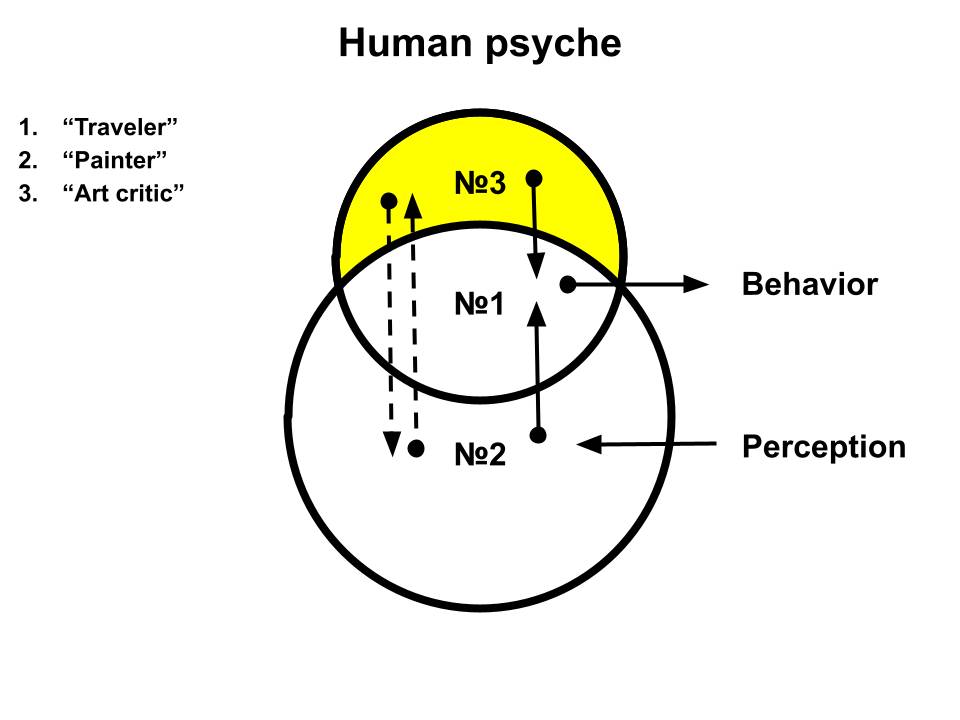
Engineer: The “art critic“ does not perceive the external world directly, does not leave the carriage, so to speak. And his compartment has no windows. But he has the opportunity, unlike the “painter“ (who is busy with one, at most, a few pictures at a time), to study many works of art in the carriage-museum. This allows the “art critic“ to build a single, consistent worldview! It’s worth noting that when we talk about the “painter’s“ pictures, these are not pictures in the usual sense of the word. The “painter“ perceives with all senses simultaneously both the external world and the internal states of a person. All this, and in dynamics, like the melody of a concert, is laid onto the canvas of the “picture“ of the situation. The “traveler“ tries each time to choose the best of the maps (pictures or reviews), and if the map is not accurate, the “painter“ has to repaint the pictures, and the “art critic“ has to reconsider the reviews. At the same time, the paradox is that the pictures painted by the “painter“ are seen only by the “art critic“ and the “traveler.“ Other people never see them. If a person wants to show another person a picture of a situation or a collection assembled and described by the “art critic,“ then in this case, the “traveler“ needs to depict it for others… But it may happen that the “traveler“ is quite a poor artist! And this attempt to transfer a picture from the inner world to the outer world is first seen by the “painter,“ and then by the “art critic“… And some pictures (and maybe many of them) will never see the light of day.
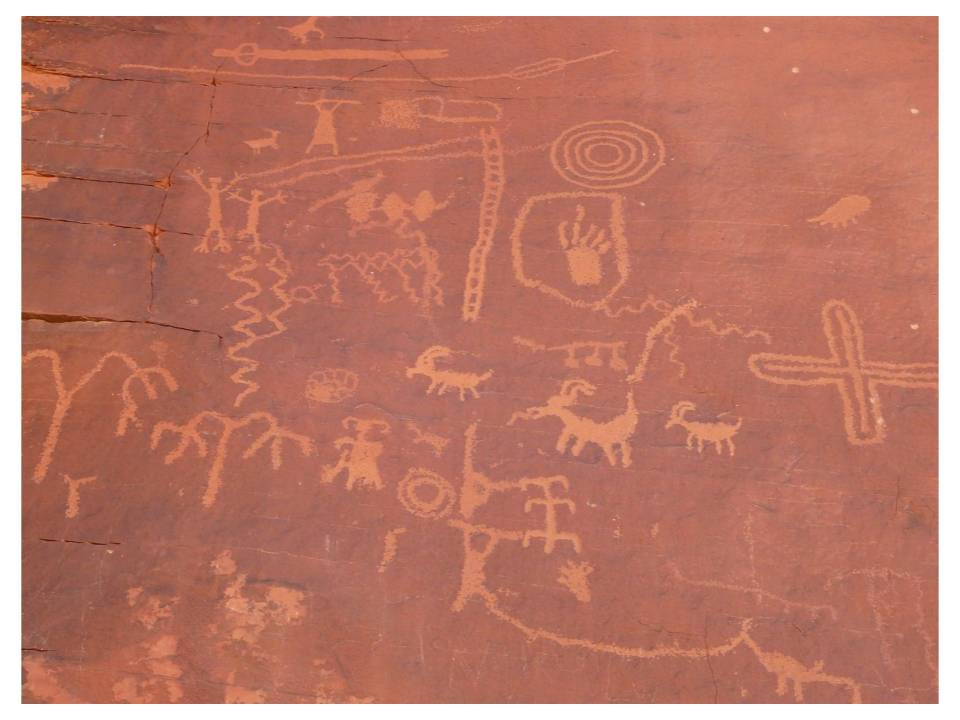
Consultant: So it turns out like this:
–
there is a world that is “everything at all times“ – Genesis;
–
there are situational worldviews, painted and accumulated by “painters“;
–
there are connected, consistent worldviews, assembled by “art critics“;
–
there are “travelers“ who interact with Genesis, verifying and refining these pictures.
Writer: Colleagues-art critics! I suggest we let the paints dry on our Worldview, go wash our brushes, and rest a bit :)
See you again, my friends!
07 Periscope
Consultant: At first, it was so beautiful: a ship-civilization! But when we got to the human being, it turns out that some are sitting in the hold without portholes. And in general, it’s not a ship, but some kind of submarine! And we don’t see objects directly, but on radar monitors connected to our sense organs!
Engineer: So what if it’s a submarine! For a specific person, in the context of my concept of the three-component psyche, it’s even more accurate. How does a captain observe a combat situation without surfacing? That’s right – through a periscope. And a periscope is, essentially, two mirrors. A double reflection!
Pyotr Anokhin: “The reflective process unfolds in such a way that an external object, through a continuous series of physical and physiological processes, is, as it were, assimilated by the organism, i.e., it is reflected first in its structures, and then in consciousness. This order of development of reflective processes leads to the natural conclusion that, in essence, this process, from stage to stage, is formed in accordance with the theory of information transmission. <…> Information transmission in living and technical objects usually occurs with an exceptionally large number of specific links; however, it obeys one important law: there must be precise and adequate informational equivalence between the initial and final links of this transmission. <…> Here it should be noted that the decisive condition for encompassing the parameters of the external world is the throughput capacity of our sense organs, which have a very definite range of sensitivity. <…> Thus, the external real world has many more parameters from which a real image of the external world could be composed (reflected), but the ecological characteristics of each animal and its individual evolution contributed to the development of particular sensors that perceive particular parameters. This set of parameters ultimately determines the reflected images of reality in different animals: a nocturnal moth “sees“ a bat with the help of nervous processes caused by a peculiar ultrasonic vibration; the image of the general situation for a cockroach in the dark is determined by the different temperatures of bodies, and, consequently, by different infrared radiation. As for humans, the world they reflect is much richer in terms of the number of physical parameters of the external world, and this ensures the creation of a more complete and detailed image of the external world. It is this process of forming the latter synthetic stage that is the subject of special attention in the gnoseological approach to the theory of reflection.“
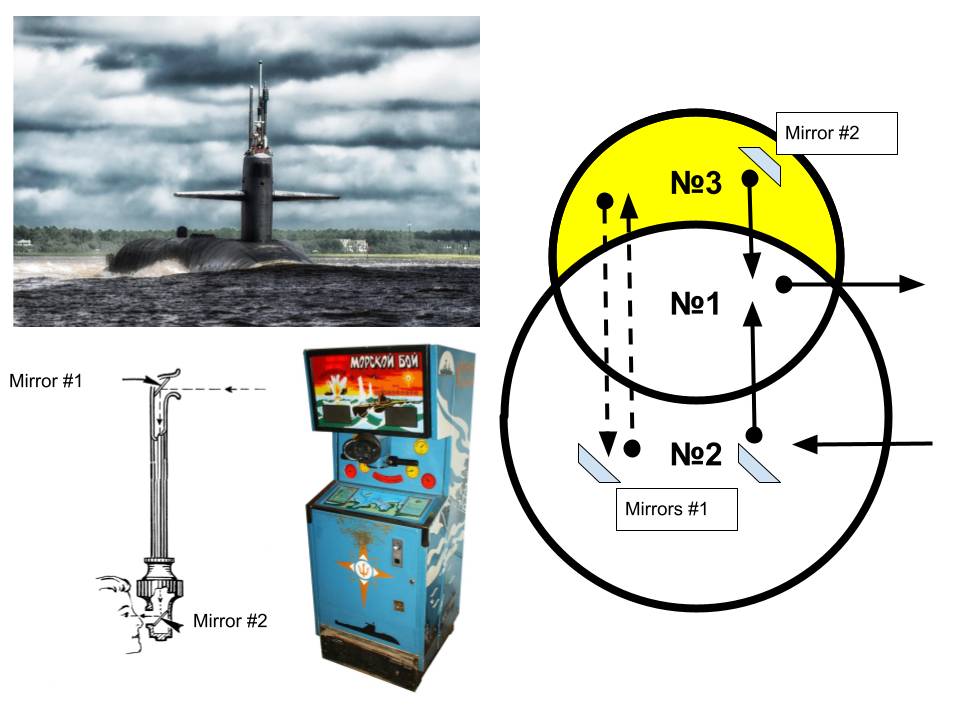
Writer: I remember from childhood the Soviet electronic arcade game “Sea Battle“. The little ships floated there, and you had to launch torpedoes, aiming not at the ship itself, but slightly ahead of it, to hit it. Just like in real life.
Engineer: That’s already an anticipatory reflection of reality!
Pyotr Anokhin: “Several years ago, I already presented our concept regarding the “anticipatory reflection of reality“ in a more detailed form. It is to this work that I refer readers for a more detailed acquaintance with this concept. Now I have only briefly outlined those new considerations that we have been developing in this direction over the past few years. <…> For the development of life, the cardinal condition was not a simple sequence of events, but a periodically or rhythmically repeating sequence of individual fragments from the infinite continuum of phenomena in the overall picture of the world. Only under these conditions did the adaptation of the living to external events and the progress of its material organization become possible. Naturally, the reflective activity of the organism also acquired a special stimulus from rhythmically repeating phenomena for the formation of stable structures. The temporal structure of the world actually became such that, in its essence, having shorter and longer sequentially repeating phenomena, it contributed to the emergence of life itself. Such constant cycles as autumn, winter, spring, summer, or morning, day, evening, night, were fundamental developing cycles, and this contributed to the adaptation and consolidation of primary living organizations. If we analyze our entire life, then, in essence, the process of repeated impacts of world events on our nervous system will turn out to be the most significant temporal factor. We walk along the same street many times, many of the same objects repeatedly act on us, and all this constitutes the main temporal factor of the reflective activity of our brain. <…> In other words, with the appearance of living substance, a fundamentally new type of reflective activity arose – the macroworld, through a whole series of transformations over long intervals of time, is reflected in the microworld, i.e., in the rapid molecular rearrangements of the protoplasm of a living cell. From this follows the conclusion that living protoplasm acquires the property of accumulating informational messages from the external world, condensing them in micro-interval connections. <…> Thanks to the multiple, and for some external phenomena, perhaps even multi-million, repetition of the same series of molecular rearrangements, very favorable conditions were created for the reproduction of the entire series of molecular rearrangements in the protoplasm under the action of only the initial link in the chain of external events. Thanks to the chemical coupling of a whole series of processes, conditions were created for the reproduction of the entire chain of protoplasmic processes from the initial impulse from the external world. Protoplasm acquired the ability, thanks to the development of its molecular processes, to anticipate in time and space the regular course of successive events in the external world. Several years ago, we called this property of living organisms the anticipatory reflection of reality (Anokhin, 1962), and this ability of the nervous system, stated much earlier, was called “anticipatory excitation“ (Anokhin, 1957). Broadly assessing this property of living substance, we must say that organisms, having acquired the ability to anticipate the course of external events, thereby began to adapt with the greatest benefit to future, often dangerous, phenomena of the external world long before these phenomena would take place. <…> I will not dwell here on the fact that the most perfect form of this peculiar “peeking“ into the future is the activity of the nervous system. <…> It is precisely thanks to these brain, mainly neurochemical, mechanisms that the reflection of the external world in consciousness has become the highest point of the reflective function of the organism. This is the reflection of reality that the classics of dialectical-materialist philosophy spoke about. Neurophysiological analysis of brain function shows that the reflection of the external world actually cannot be otherwise, non-anticipatory, because from an informational point of view, every external influence on the organism inevitably mobilizes in the nervous system also the molecular experience of the past associated with a given situation or with a given irritant – a stimulus. This circumstance allows the brain to unite the past with the present and, on this basis, to predict in detailed parameters the onset of future events. We therefore believe that the concept of anticipatory reflection of reality is only a creative development of the basic propositions of Lenin’s theory of reflection. At the same time, the reflective process itself, which most accurately transmits all the parameters of the objective world around us, is a product of the evolutionary development of animal organization over many millions of years. And therefore, in every act of reflection of an adult human, we have a genuine organic clot of the reflective experience of generations and present reality. We have uncovered those regularities on the basis of which the entire experience of reflection of the external world by organisms, fixed in phylogeny by heredity, returns again to this same external world through the development of animal embryos. This regularity of “fitting“ the reflective abilities of the organism to its ecology we once called “systemogenesis“. Systemogenesis serves as a genuine instrument of evolution, which acts as an intermediary in the transmission of the historical accumulation of the reflective activity of ancestors to their descendants in exact accordance with their specific ecological factors. Here we encounter one of the strongest arguments of the theory of reflection: with the reflection of objective reality in the structure and function of countless generations of animals, i.e., with the historical accumulation of reflective experience (of generations).“
Конец ознакомительного фрагмента.
Текст предоставлен ООО «Литрес».
Прочитайте эту книгу целиком, купив полную легальную версию на Литрес.
Безопасно оплатить книгу можно банковской картой Visa, MasterCard, Maestro, со счета мобильного телефона, с платежного терминала, в салоне МТС или Связной, через PayPal, WebMoney, Яндекс.Деньги, QIWI Кошелек, бонусными картами или другим удобным Вам способом.





